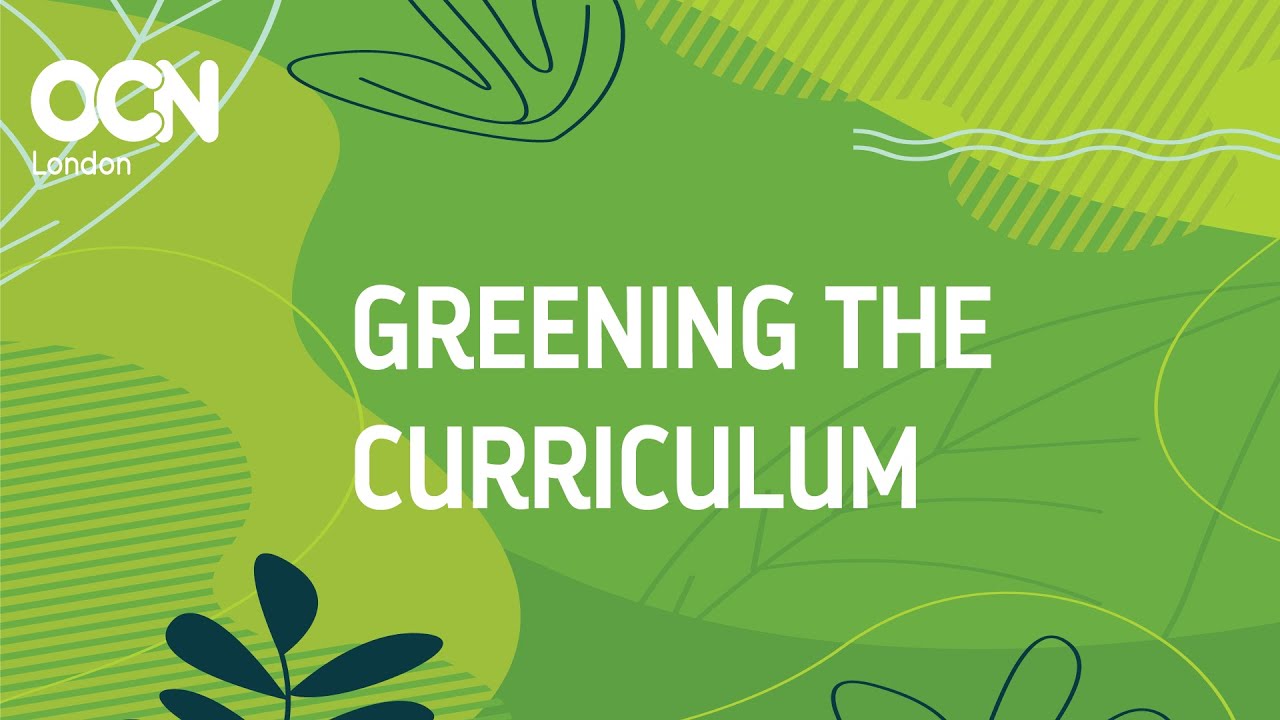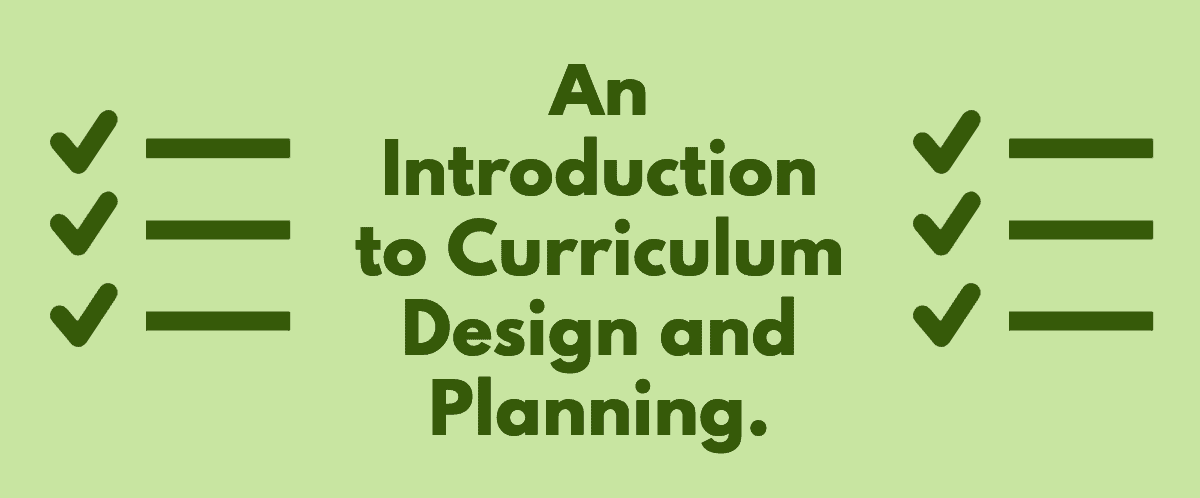A green curriculum, also known as a sustainable curriculum or an environmental curriculum, refers to an educational framework that incorporates environmental sustainability, ecological principles, and sustainable development into various subjects and disciplines. It aims to equip students with the knowledge, skills, and values needed to understand and address environmental challenges.
A green curriculum goes beyond traditional environmental education by integrating sustainability concepts across different subjects, rather than treating it as a separate topic. It emphasizes the interconnectedness of social, economic, and environmental systems and encourages critical thinking, problem-solving, and active engagement in creating a more sustainable future.
Key components of a green curriculum may include:
- Environmental literacy: Developing a deep understanding of ecological systems, environmental issues, and the impact of human activities on the environment.
- Systems thinking: Encouraging students to analyze complex systems, such as ecosystems and social systems, and understand the relationships and interdependencies within them.
- Sustainable development: Exploring concepts of sustainability, including social equity, economic viability, and environmental stewardship, and promoting actions that balance these aspects.
- Hands-on learning: Engaging students in experiential learning, fieldwork, and practical activities that allow them to connect with nature, investigate environmental issues, and develop problem-solving skills.
- Citizenship and activism: Fostering a sense of responsibility, ethical values, and active citizenship, encouraging students to become advocates for environmental and social justice.
- Cross-curricular integration: Integrating sustainability concepts into various subjects, such as science, geography, mathematics, language arts, and social studies, to provide a multidisciplinary understanding of sustainability challenges.
- Collaboration and community engagement: Encouraging students to work collaboratively and engage with local communities, organizations, and experts to address real-world environmental issues.
A green curriculum aims to empower students to become environmentally and socially responsible individuals who can contribute to creating a more sustainable and equitable society. It promotes a holistic and integrated approach to education, recognizing the importance of environmental stewardship and sustainable development for the well-being of present and future generations.
Green curriculam design
Designing a green curriculum involves considering various factors and incorporating sustainable principles into the educational framework. Here are some steps to guide the design process:
- Establish goals and objectives: Define the overarching goals and objectives of the green curriculum. Identify the key sustainability concepts, knowledge, skills, and values that you want students to develop through the curriculum.
- Conduct a needs assessment: Assess the environmental and sustainability challenges relevant to the local context. Identify the knowledge and skills gaps among students and educators regarding sustainability. This assessment will help tailor the curriculum to address specific needs and priorities.
- Integrate sustainability across subjects: Identify opportunities to incorporate sustainability principles into different subjects and disciplines. Explore how sustainability concepts can be integrated into existing curriculum frameworks. Ensure that sustainability is not treated as a standalone topic but is infused throughout various subjects.
- Develop learning outcomes: Define specific learning outcomes that reflect the knowledge, skills, and values related to sustainability. These outcomes should be clear, measurable, and aligned with the curriculum goals. Consider Bloom’s taxonomy to ensure a progression of learning outcomes from knowledge acquisition to critical thinking and problem-solving.
- Design learning activities: Create engaging and interactive learning activities that promote hands-on experiences, critical thinking, and problem-solving. Incorporate field trips, experiments, simulations, case studies, and project-based learning to connect students with real-world sustainability issues and encourage active participation.
- Foster critical thinking: Design learning experiences that encourage students to analyze complex sustainability challenges, evaluate different perspectives, and develop their own informed opinions. Encourage critical thinking and problem-solving skills by incorporating open-ended questions, debates, and research projects.
- Emphasize systems thinking: Teach students to understand the interconnectedness of social, economic, and environmental systems. Help them analyze and evaluate the impacts of human activities on ecosystems and communities. Foster systems thinking skills to enable students to identify leverage points for positive change.
- Promote active citizenship and engagement: Encourage students to take action and make a positive impact in their communities. Foster a sense of environmental and social responsibility, and provide opportunities for students to engage in environmental activism, community service, and sustainability projects.
- Collaborate with stakeholders: Involve local communities, experts, and organizations in the curriculum design process. Seek their input and collaboration to ensure that the curriculum reflects local sustainability challenges and incorporates relevant examples and case studies.
- Continuously evaluate and revise: Regularly evaluate the effectiveness of the green curriculum and make necessary revisions based on feedback from students, educators, and stakeholders. Monitor student outcomes and assess the curriculum’s impact on sustainability knowledge, skills, and values.
Remember that the design of a green curriculum should be flexible and adaptable to accommodate changes in environmental knowledge and emerging sustainability issues. It should also align with local educational standards and policies while promoting a holistic and integrated approach to sustainability education.





